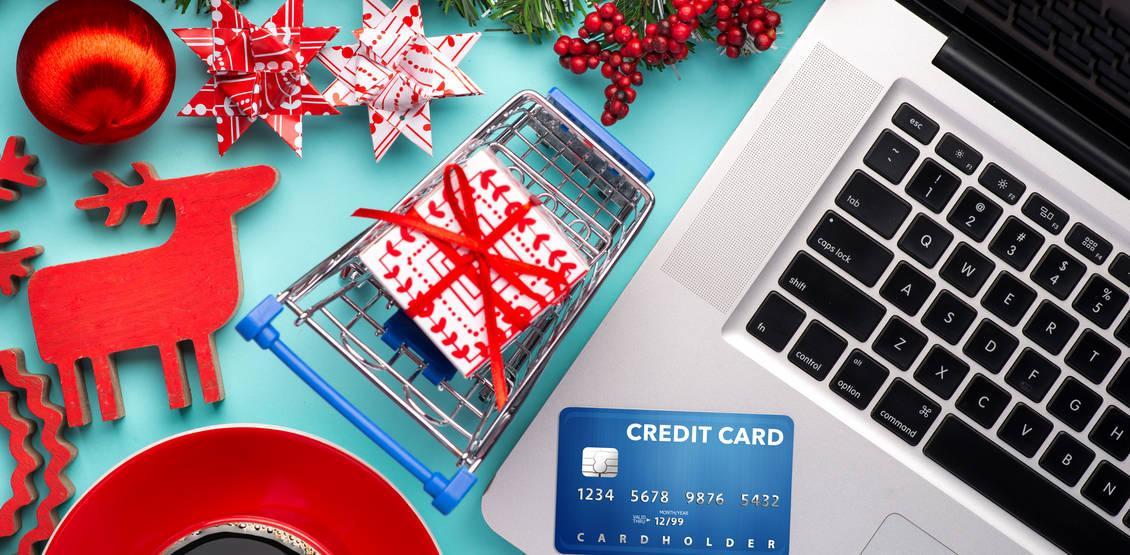The holidays are approaching. For many merchants, this is the busiest and most profitable time of year. Especially if you sell high-ticket items that are popular as gifts. Unfortunately, the holidays are also the high season for incorrect and fraudulent orders.
First of all, both your staff and your customers are human – and it is easy for both to be more human than ever over the holidays, because of high transaction volumes, rush orders, and the stress of the season. A bungled address or a credit card problem can have effects ranging from time and human intervention to the possible loss of merchandise. And your valuable customer service reputation can also take a hit from order and delivery errors.
Merchants are also often targeted for intentional fraud over the holidays. Did you know that stolen credit card numbers sell on the black market “dark web” for as little as $5 each? And that cards with what hackers call “full info,” including name, address, expiration date, verification info and CVV can be had worldwide for $30-40 apiece? It is a small price to pay for someone who uses that card with a fraudulent name and mailing address – and a large cost to you when they use it to order expensive merchandise from your business.
The cost of fraud to unsuspecting businesses can sink your profit margins. Small businesses, in particular, can be on the hook for merchandise ordered by thieves who never intend to pay, and globally this kind of fraud costs businesses throughout the US $14 billion per year . Online merchants have become particularly vulnerable, with a 9-12% year-over-year increase in fraud levels as of 2016 . Beyond chargebacks for stolen or fraudulent credit cards, there are costs in your time and manpower involved – not to mention the aggravation of unexpected losses.
Thankfully, you can mitigate a great deal of this risk with a little planning. Here are some tips for putting a little more holiday cheer back into your busiest season:
Look for the red flags
Fraudsters often have a common modus operandi. Look for orders where the “Bill to” and “Ship to” addresses are different, unusually large orders from unknown sources, or international orders, particularly from developing countries. And particularly around the holidays, pay attention to last minute high-ticket orders with rush shipment, where merchandise can fall into the wrong hands before the fraud is discovered.
Have a policy
What procedures do you follow when you receive a questionable order? What procedures do you follow to make sure that orders are valid or accurate? Are there circumstances where it would be prudent to delay shipment or decline an order? Learn the norms for vendors in your business, and teach all of your employees to follow them.
Validate your orders
For most businesses, one of the most reliable solutions is to use an inexpensive online service to verify the authenticity of a customer. A validation service can compare your order information against existing databases to quickly answer critical questions like whether an address is valid, a name or its corresponding credit information is legitimate, whether the IP address of an online order matches the address you are shipping to, and much more.
One solution for this is Service Objects’ DOTS Order ValidationSM, a real-time API that verifies, standardizes and authenticates customer order information. It performs 200 proprietary tests including address, BIN, email and IP validation, giving you an overall order score of 0-100 to flag suspicious orders. Check it out today and make sure your business avoids the perils of fraudulent orders this holiday season.
1 Danielson, Tess, “Here’s exactly how much your stolen credit card info is worth to hackers,” Business Insider, Nov. 30, 2015. http://www.businessinsider.com/how-much-stolen-credit-card-info-is-worth-to-hackers-2015-11
2 Heggestuen, John, “The US Sees More Money Lost to Credit Card Fraud than the Rest of the World Combined,” Business Insider, Mar. 5, 2014. http://www.businessinsider.com/the-us-accounts-for-over-half-of-global-payment-card-fraud-sai-2014-3
3 LexisNexis, 2016 LexisNexis® True Cost of FraudSM Study













